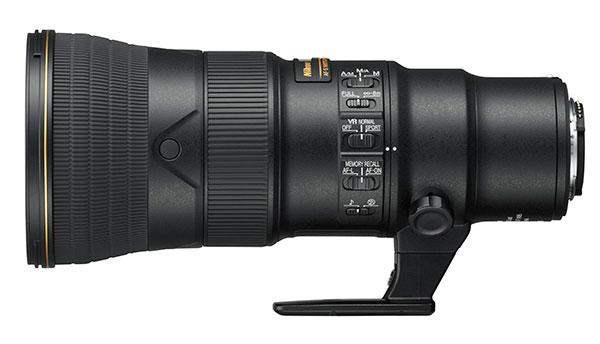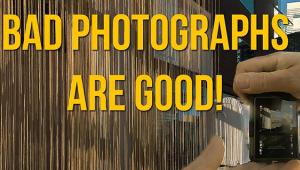Photo Basics: How to Use Long Telephoto Lenses to Capture Stunning Close-ups

Long lenses are exciting to use because they enable us to view and capture images with far greater magnification than what we can see with our eyes. They also deliver dramatic, compressed perspectives and enable photographers to isolate subjects from busy backgrounds.
Telephoto lenses are available in both fixed focal length and versatile zoom configurations, and the longer the lens, the less inherent depth of field it provides at any given f-stop. Short telephotos, in the 85-135mm category, tend to be the least expensive, are easy to use hand-held, and are ideal for portraiture because they enable you to fill the frame with a subject from a comfortable working distance.
True “telephoto effects” begin to appear with lenses longer than 135mm, and by selecting wider aperture settings you can exaggerate compressed perspectives and use shallow depth of field to eliminate distracting background elements. These moderate telephotos, with focal lengths up to 300mm, are a great choice for travel photography, shooting sports/action photos, outdoor concerts, and other types of scenes in which you can’t readily approach a subject.
Extreme telephoto lenses, in focal lengths of 400mm or longer, tend to be heavy, unwieldy, and expensive, with far more limited applications. But if you’re on a whale-watching trip, or photographing wildlife from great distances, these lenses are usually the only way to get the job done.

It’s important to remember that, as with all lenses, the power delivered by a telephoto lens depends upon the size of the sensor in your camera. So, while a 400mm lens on a full-frame body is just that, a 400mm lens on a camera with an APS-C format sensor provides the cropping of a 600mm lens. And this same lens on a Micro Four Thirds camera performs like an 800mm super telephoto.
Keep in mind that telephoto lenses not only magnify your subject, but they exaggerate camera movement and atmospheric haze as well. Therefore, you’ll have to take special precautions if you want to achieve images with the same razor-sharp clarity as those you capture with less powerful lenses. A sturdy tripod, a high-quality UV filter, and a custom lens hood will all help improve your results.
Back in the days before digital cameras with sophisticated image stabilization systems, there was a simple rule for hand-holding long lenses: namely, use a shutter speed that’s the inverse of the focal length of your lens (or preferably faster). So, when shooting with a 400mm telephoto, for example, the idea was to use a shutter speed of at least 1/400 second. That’s no longer necessary, as modern camera shake technology typically provides an advantage of three to five steps.
Precise focusing techniques are still important, however, because of the narrow zone of sharpness inherent to telephoto lenses, and there are a few things you can do to maximize results. When shooting portraits, it’s usually best to set your focus point on the subject’s eye that’s closest to the camera. For sports/action photography, and other scenes with fast-moving subjects, you can increase your batting average by panning with the camera while using the fastest shutter speed that lighting conditions permit.
Whether you choose a prime lens or a zoom, lenses with fast maximum apertures enable you to make the most of telephoto effects, by enabling the use of faster shutter speeds when you need them. The wider f-stops of these lenses are also critical for minimizing depth of field when that’s what you want to do.
Telephoto lenses with an f/2.8 maximum aperture (or f/4 with longer telephotos) are bigger, heavier, and far more expensive than their slower counterparts. They also require larger and more costly filters. But if you can afford premium glass, you’ll be able to achieve some truly eye-popping results!
When photographing wildlife with a long lens, it’s often best to focus on the subject’s eye that’s closest to the camera. This captive eagle was captured at relatively close range with a 90mm lens on a Micro Four Thirds camera—yielding the same cropping as a 180mm lens on a full-frame camera.
- Log in or register to post comments








































